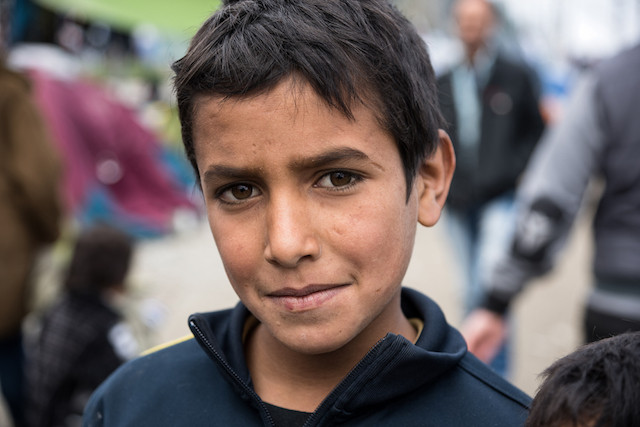Speaking at a press conference to publish the annual immigration figures, Jean Asselborn explained that the year was “marked by the arrival of even younger children than in 2017 and in this case a four-year-old and a ten-year-old applied for international protection.”
To better handle the cases of unaccompanied minors, Luxembourg launched a new body at the start of 2018 to assess the benefit of returning a child to their country of origin. This body is composed of members of the courts, the national office for children, the national welcome and integration office and the immigration direction, which oversees it.
“An individual assessment regarding the interests of the child is issued to each minor based on their cases,” the annual report explained. It further said the immigration office has the approval of the International Organisation for Migration (IOM) to track down the parents of such minors in their country of origin.
“Contact is made with the family and a report is issued by the IOM outlining the conditions in which the minor can expect to live if they are returned to their native country, the existence of family members and relations with the minor, and their outlook within the family environment.”
Among the 2,205 people who applied for asylum in Luxembourg there were 36 unaccompanied minors in 2018, down from 50 in 2017.
2205 asylum applications
Overall asylum applications fell in 2018, down from 2,318 the year before, but up from 2016’s figure of 2036.
According to figures published by the foreign affairs ministry on Monday, Eritreans formed the largest group of people applying for protection (392 applications or 17.8%), followed by Syrians (227 or 10.3%), Iraq (196 or 8.9%), Afghanistan (176 or 8%), and Georgia (141 or 6.4%).
Among the nationalities granted refugee status, Syrians were most numerous (313), followed by Eritreans (309) and Iraqis (160).
Foreign affairs minister Jean Asselborn explained that in 2018 the immigration department issued refugee status to 978 people, down from 1,174 in 2017 and 769 in 2016. A further 74 people received subsidiary protective status, up from 56 in 2017 and 27 in 2016.
The Dublin rule, whereby asylum seekers who have made a request for international protection in another country before Luxembourg are sent back to that first country, resulted in Luxembourg forwarding 1,134 cases to other EU member states. Of that number, 489 were accepted. The same year, 289 people were transferred to other countries (under the Dublin rule or for other reasons), down from 408 in 2017. At the same time, some 91 people were transferred to Luxembourg in this way, up from 85 in 2017.
Human rescue ships
Asselborn mentioned Luxembourg’s involvement in the resettlement of asylum seekers in Malta after the arrival during the summer of two humanitarian boats in the port of La Valette, Aquarius and Lifeline.
“20 asylum seekers, of which 15 are Sudanese, 4 Eritrean and one Somalian, arrived in Luxembourg from 15 July to 9 September 2018,” Asselborn explained.
